With private companies turning their attention to the riches of asteroids, the first trillionaire could be made in space. Andrew Glester explores the challenges of mining space rocks.
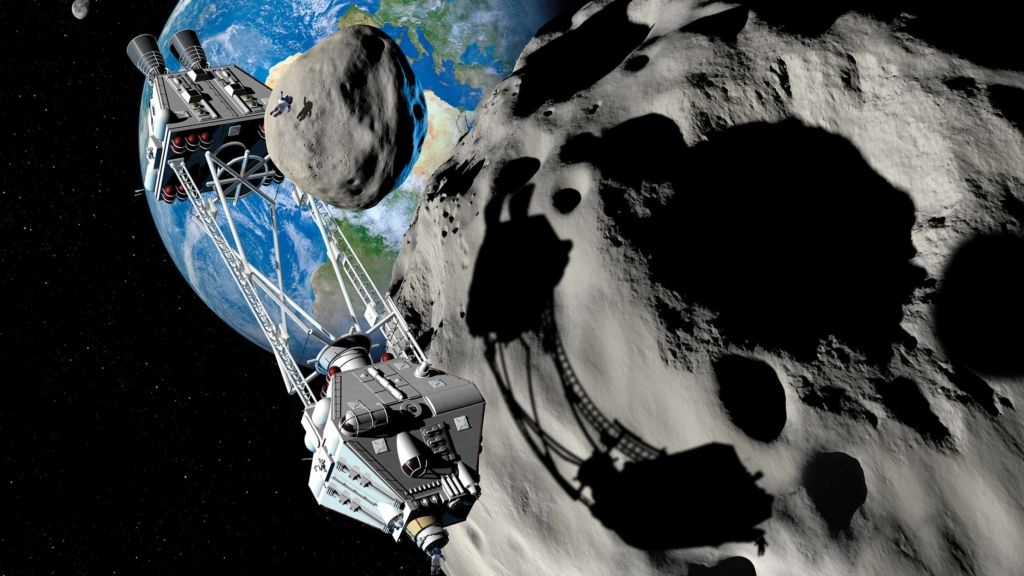


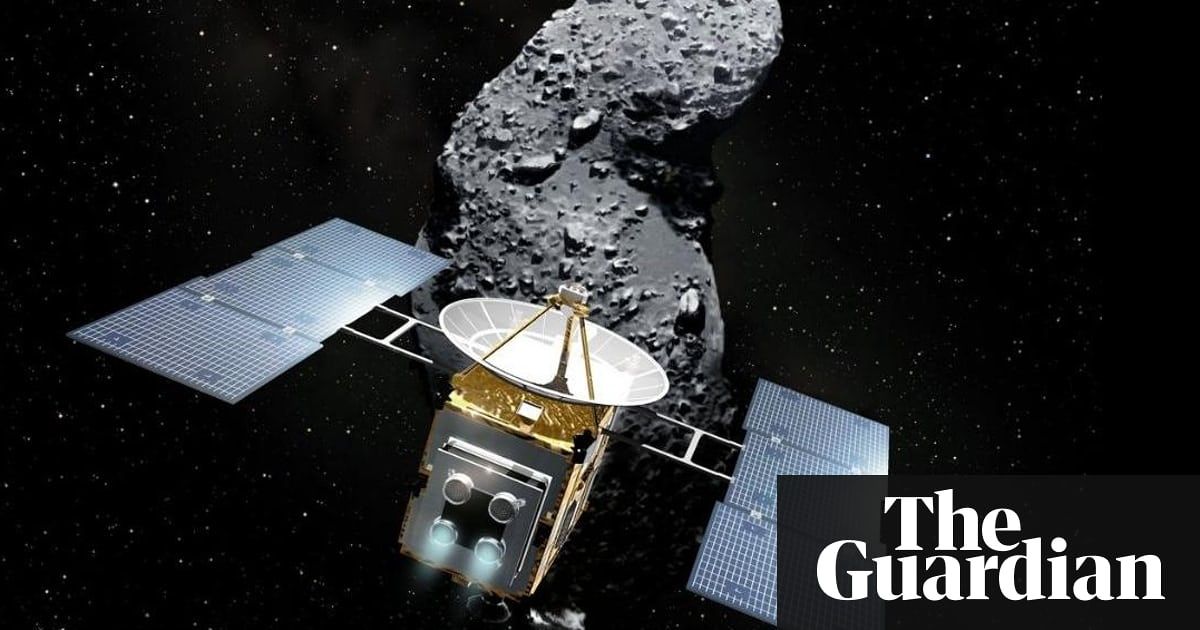
A race is on to mine billions of dollars in resources from the solar system’s asteroids, fuelling our future among the stars.
What did they find out?
NASA’s Curiosity rover has uncovered the best evidence yet that life may have once existed on Mars.
In two separate studies on data collected by the Mars rover over the last few years, scientists identified an abundant source of organic matter in an ancient lakebed, and traced some of the planet’s atmospheric methane to its roots.
The groundbreaking results will help to guide the search for microbial life and improve our understanding of seasonal processes on Mars.
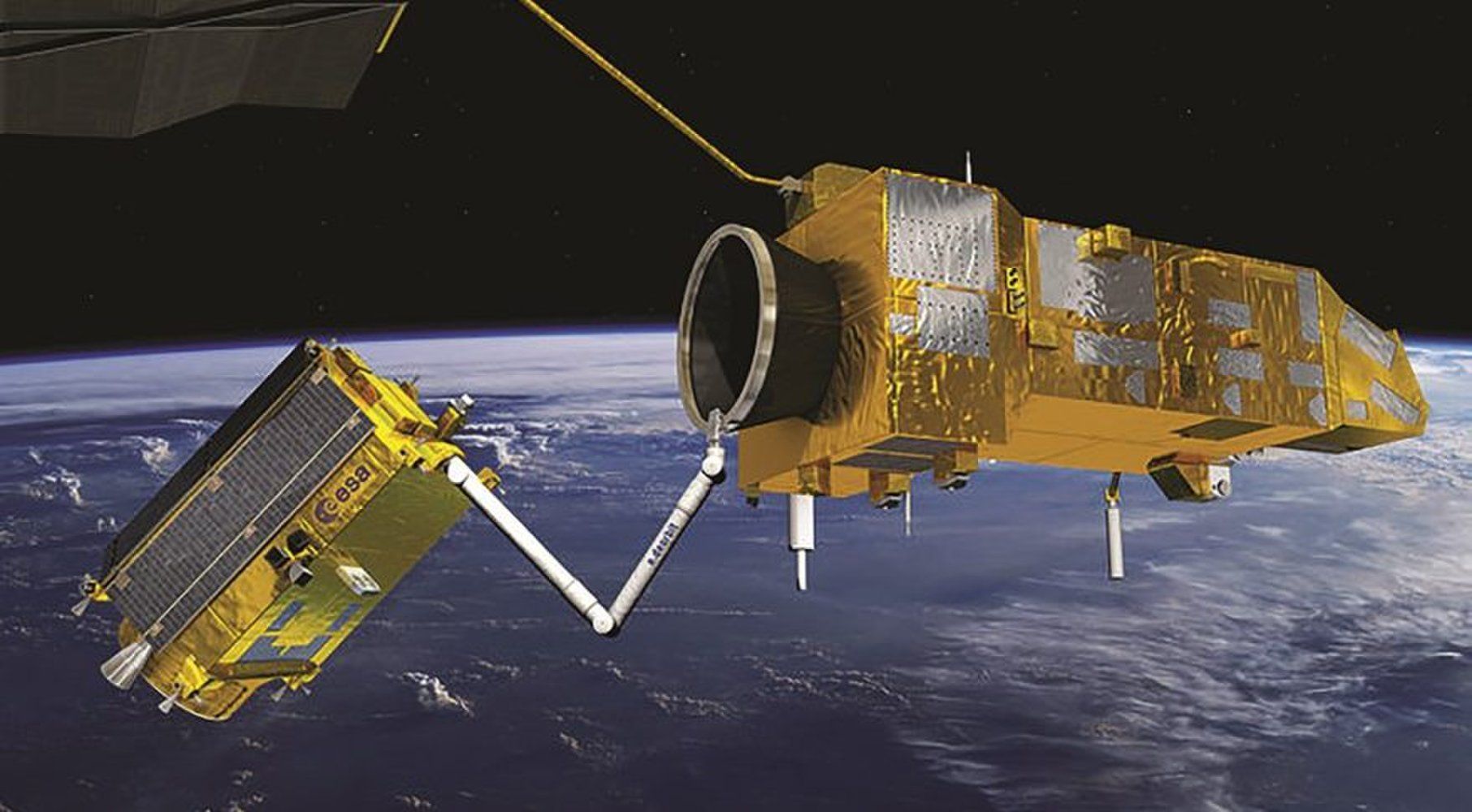
A new space era is dawning and will be upon us by the early 2020s. In the face of emerging novel threats and vulnerabilities, whether the self-defense doctrine allows us to counter the threat before the attack occurs can make the difference between peace and war.
President Trump unveiled the America First National Space Strategy on March 23 covering both commercial and civil space, and national security space. This important document has drawn few comments, which are typified by the observation of Spacepolicyonline.com founder and editor Marcia Smith that “the Trump strategy contains little that is new.”
Indeed, most of the national security provisions, which are the focus of this article, are only different in rhetoric but not in substance from those of the Obama administration and it’s predecessors. However, that they are the same is fine because they are equally essential for the new space era.
NASA shared the results of two new studies made possible by the Curiosity rover, and they could both help us determine whether Mars hosted life.
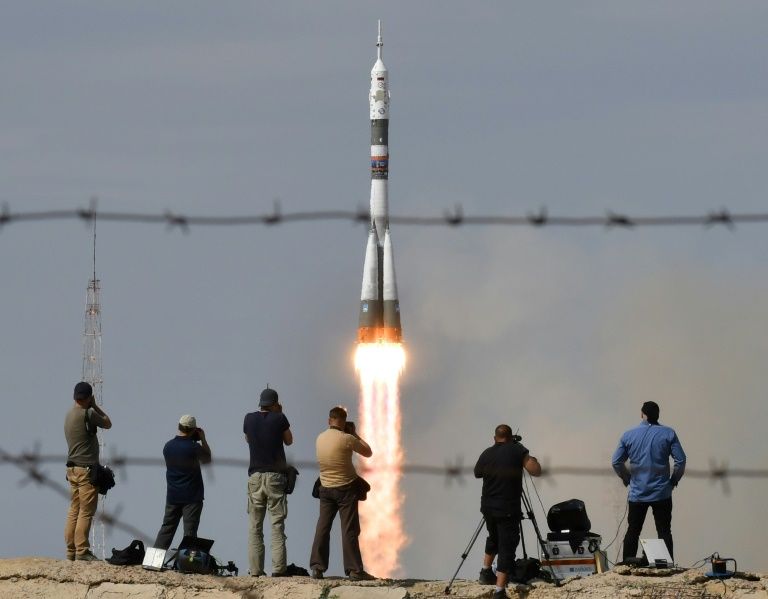
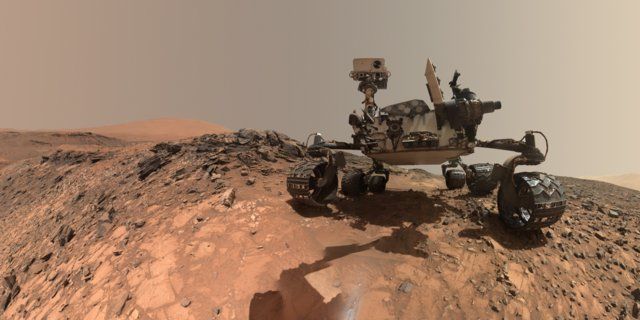
Here’s how to watch the announcement live.
NASA’s Curiosity Rover has found some new and exciting information about Mars, and the space agency is announcing that discovery to the world on Thursday.
The Curiosity Rover launched from Earth in November 2011 and landed on Martian soil on August 6, 2012. It has since been cruising around the red planet’s surface, functioning as a 9-foot-wide roving science machine.
Curiosity has a few key tasks on Mars: it’s meant to study the Martian climate, check for signs of life, search for ice and water, and serve as a kind of planetary scout to see if Mars could ever sustain human life. The laboratory-on-wheels can also take an excellent selfie.
Every now and again you run into an astronomical object where everything about it is mind blowing. And I get to share it with you! Let me introduce you to a binary star that will crush your imagination and make you realize the Universe is way cooler than you knew.
A few million years ago, and 6,000 light years from Earth, two stars were born out of the gas and dust in the galaxy in a cluster with many other stars. These two formed together, so close their mutual and growing gravity bound them together, forcing them to orbit one another. And they grew huge: By the time they switched on and became true stars, they each had more than two dozen times the mass of the Sun.
They were monsters. Huge, hot, and incredibly luminous, each blasting out as much as 100,000 times as much energy as the Sun does. Replace the Sun with one of these beasts and the Earth would evaporate like an ice cube on a scorching hot skillet.

 Keith’s note: China is getting ready to launch a new space station which, when complete, will be on par with Mir with many capabilities similar to those offered by the ISS. China is openly seeking governmental and commercial participation. Meanwhile they are about to land a rover on the far side of the Moon as part of a methodical plan to land humans there.
Keith’s note: China is getting ready to launch a new space station which, when complete, will be on par with Mir with many capabilities similar to those offered by the ISS. China is openly seeking governmental and commercial participation. Meanwhile they are about to land a rover on the far side of the Moon as part of a methodical plan to land humans there.
Meanwhile NASA is trying to rid itself of the ISS through various half-hearted efforts to commercialize this amazing resource that rely on smoke and mirrors and faith-based funding plans. NASA is also puffing itself up again for the third time in less than 20 years to #GoBackToTheMoon or something with budgets that do not come close to making such a thing possible. Oh by the way #JourneyToMars is still on the books.
One would think that the prudent thing would be to leverage our interests with those of China as we have done with Russia and many other nations around the world. But short-sighted legislation and targeted xenophobia currently prevents this.